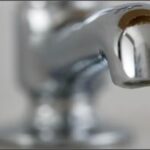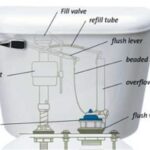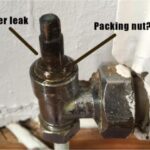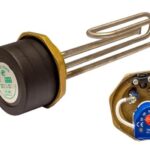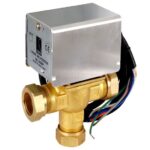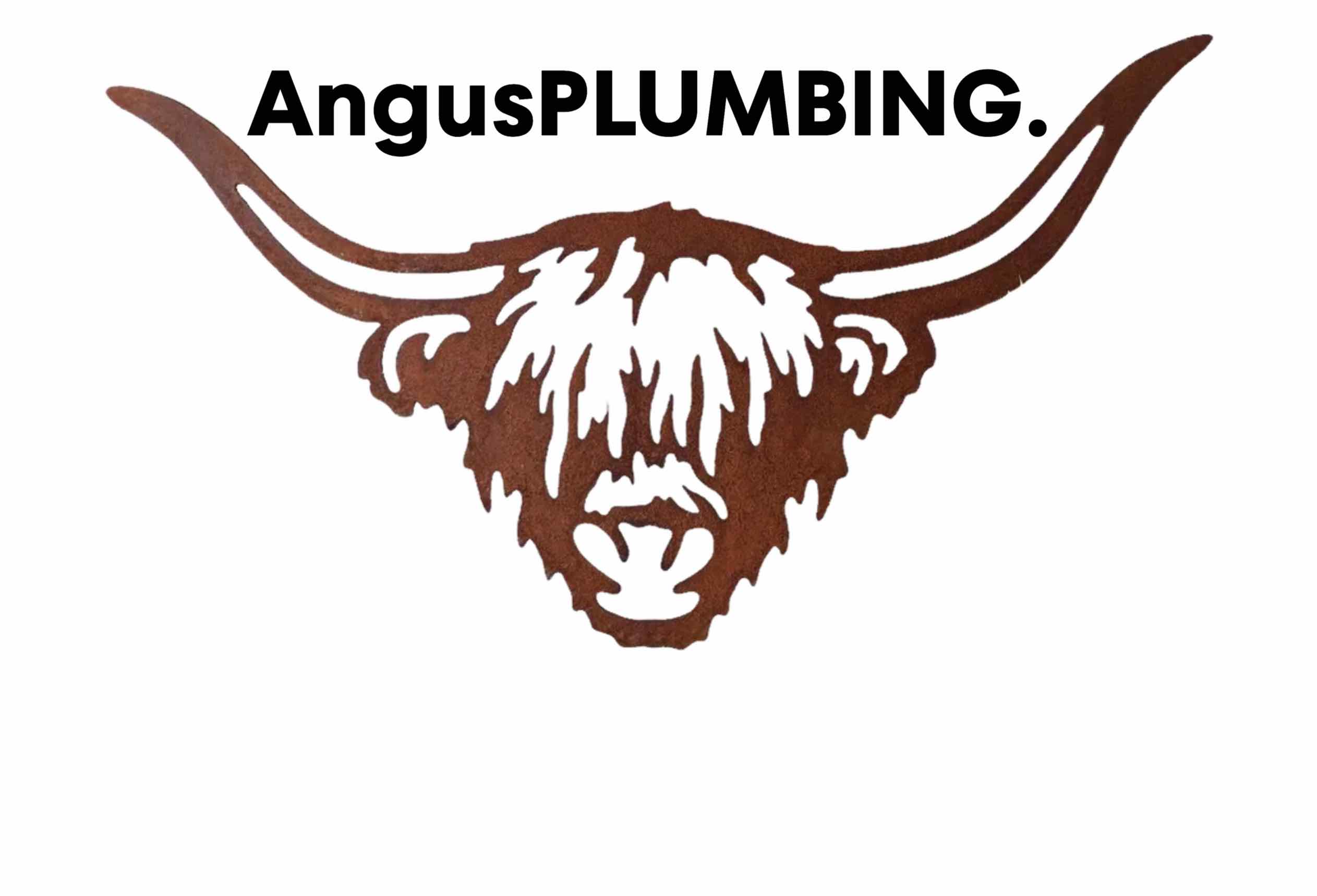The practical no frills guide.
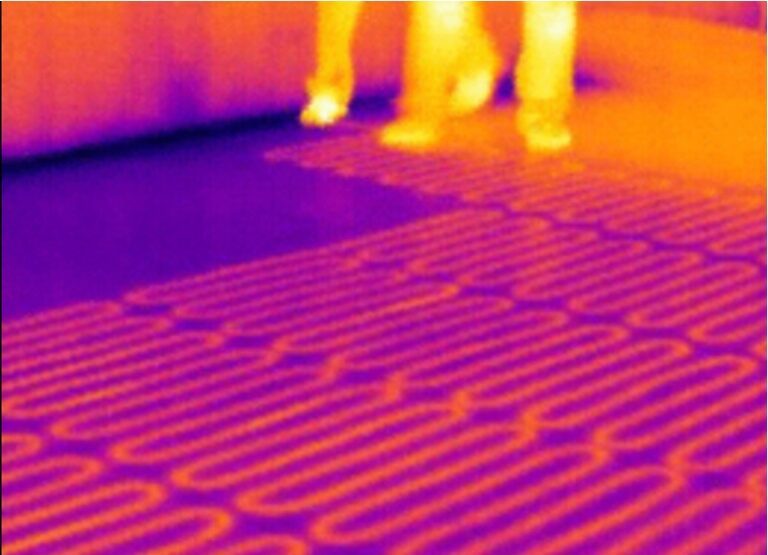
Underfloor heating systems provide a luxurious and efficient way to warm your home. However, when issues arise, such as uneven heating, leaks, or system malfunctions, it’s essential to address them promptly to maintain a comfortable living space.
Mastering underfloor heating repair – the no frills guide, gives homeowners the knowledge and skills needed to troubleshoot and repair common underfloor heating problems.
From identifying the type of system to addressing specific issues like cold spots or leaks, this guide covers it all, allowing you to enjoy the benefits of underfloor heating year-round.
Before undertaking any/all plumbing, heating or related work you should always take your own independent professional advice.

Plumber - Paul
Paul's a member of the Chartered Institute of Plumbing & Heating Engineers, Water Regs UK (formerley WRAS – Water Regulations Advsiory Scheme) certificated as well as a qualified unvented cylinder engineer and a qualified heat pump engineer.
Understanding underfloor heating systems
Before delving into troubleshooting and repair, it’s helpful to have a basic understanding of the two main types of underfloor heating systems: hydronic (water-based) and electric.
Hydronic underfloor heating
Components. A network of pipes or tubes installed beneath the floor.
Operation. Heated water circulates through the pipes, transferring heat to the floor and, subsequently, the room.
Frequent issues include leaks, airlocks, and problems with the boiler or pump.
Electric underfloor heating
Components. Electric cables or heating mats installed beneath the floor.
Operation. Electricity passes through the cables or mats, generating heat that warms the floor and room.
Frequent issues include damaged cables, faulty thermostats, or issues with the electrical system.
Common underfloor heating problems
Uneven Heating or Cold Spots
Symptoms – some areas of the floor are not heating adequately.
Possible causes (Hydronic)
Air pockets in the system.
Imbalances in the water flow.
Possible causes (Electric)
Damaged or malfunctioning heating elements.
Uneven spacing of heating cables or mats.
DIY repair
Bleed the hydronic system to release air.
Balance the water flow for more even heating.
Check and, if necessary, replace damaged heating elements or adjust the spacing of electric components.
Leaking underfloor heating system
Symptoms – puddles or wet spots on the floor.
Possible causes (Hydronic)
Corrosion or damage to pipes.
Faulty connections.
Possible causes (Electric)
Damaged heating mats or cables.
Faulty connections or insulation.
DIY repair
Identify and repair or replace damaged pipes or connections.
For electric systems, locate and repair or replace damaged heating elements or connections.
Thermostat issues
Symptoms – inaccurate temperature readings, failure to turn on or off.
Possible causes
Faulty thermostat.
Incorrect thermostat settings.
DIY repair
Calibrate or replace the thermostat as needed.
Adjust settings for accurate temperature control.
System not heating at all
Symptoms – the underfloor heating system fails to produce any warmth.
Possible causes
Power supply issues (electric systems).
Faulty pump or boiler (hydronic systems).
DIY Repair
Check the power supply and, if necessary, replace faulty components.
For hydronic systems, inspect the pump and boiler, and seek professional assistance if needed.
Floor covering and insulation problems
Symptoms – inefficient heat transfer, slow heating times.
Possible causes
Inadequate insulation.
Thick or insulating floor coverings.
DIY repair
Improve insulation where needed.
Consider adjusting or replacing floor coverings for better heat transfer.
7 tools you'll need for underfloor heating repair
To effectively troubleshoot and repair underfloor heating systems, having the right tools is essential. The following tool are regularly used in underfloor heating repairs:
Multimeter. To measure electrical continuity and voltage.
Pipe cutter (for hydronic systems). To cut and replace damaged pipes.
Leak detection kit (for hydronic systems). To identify and locate leaks.
Thermostat screwdriver. For adjusting thermostat settings.
Insulation materials. To improve or replace inadequate insulation.
Replacement heating elements. For electric systems, if components need replacement.
Adjustable spanner or wrench. For tightening or loosening nuts and bolts.
Underfloor heating repair - step by step
Uneven heating or cold spots repair
Bleed the hydronic system to release air.
Balance the water flow for more even heating.
Check and, if necessary, replace damaged heating elements or adjust the spacing of electric components.
Leaking underfloor heating system repair
Identify and repair or replace damaged pipes or connections.
For electric systems, locate and repair or replace damaged heating elements or connections.
Thermostat issues repair
Calibrate or replace the thermostat as needed.
Adjust settings for accurate temperature control.
System not heating at all repair
Check the power supply and, if necessary, replace faulty components.
For hydronic systems, inspect the pump and boiler, and seek professional assistance if needed.
Floor covering and insulation problems repair
Improve insulation where needed.
Consider adjusting or replacing floor coverings for better heat transfer.
5 preventative maintenance tips
1. Regular system checks
Periodically inspect the entire system for leaks, damage, or uneven heating.
2. Proper floor coverings
Choose floor coverings that allow for efficient heat transfer.
3. Optimal insulation
Ensure proper insulation to prevent heat loss and enhance system efficiency.
4. Professional inspection
Schedule professional inspections at regular intervals to identify and address potential issues.
5. Adjust thermostat settings
Periodically check and adjust thermostat settings to maintain accurate temperature control.
Signing-off
Underfloor heating systems offer a luxurious and energy-efficient way to keep your home warm.
By understanding the common problems and following the steps outlined in this no frills mastering underfloor heating repair guide, homeowners can troubleshoot and repair issues, ensuring their underfloor heating systems operate smoothly.
Regular preventive maintenance, including system checks, proper floor coverings, and optimal insulation, can of course contribute to the longevity and efficiency of the system.
With the right tools and a proactive approach, you’ll master the art of underfloor heating repair and enjoy a comfortable and cozy living space year-round.
And if you’d like some help fixing your underfloor heating from our local Caversham plumbers near me, we’d be pleased to. We’re only a phone call, text, WhatsAp or email away!
AngusPLUMBING
(Caversham’s #1 plumbers)
Disclaimer
Our mastering series and blog are provided on an “as is” basis, in good faith and subject to change without notice. All reasonable efforts have been made to ensure its accuracy. However, this isn’t warrantied, and liability isn’t accepted for any damage or loss whether direct, indirect, special or consequential suffered by anyone in accessing, downloading, using or relying on it.

